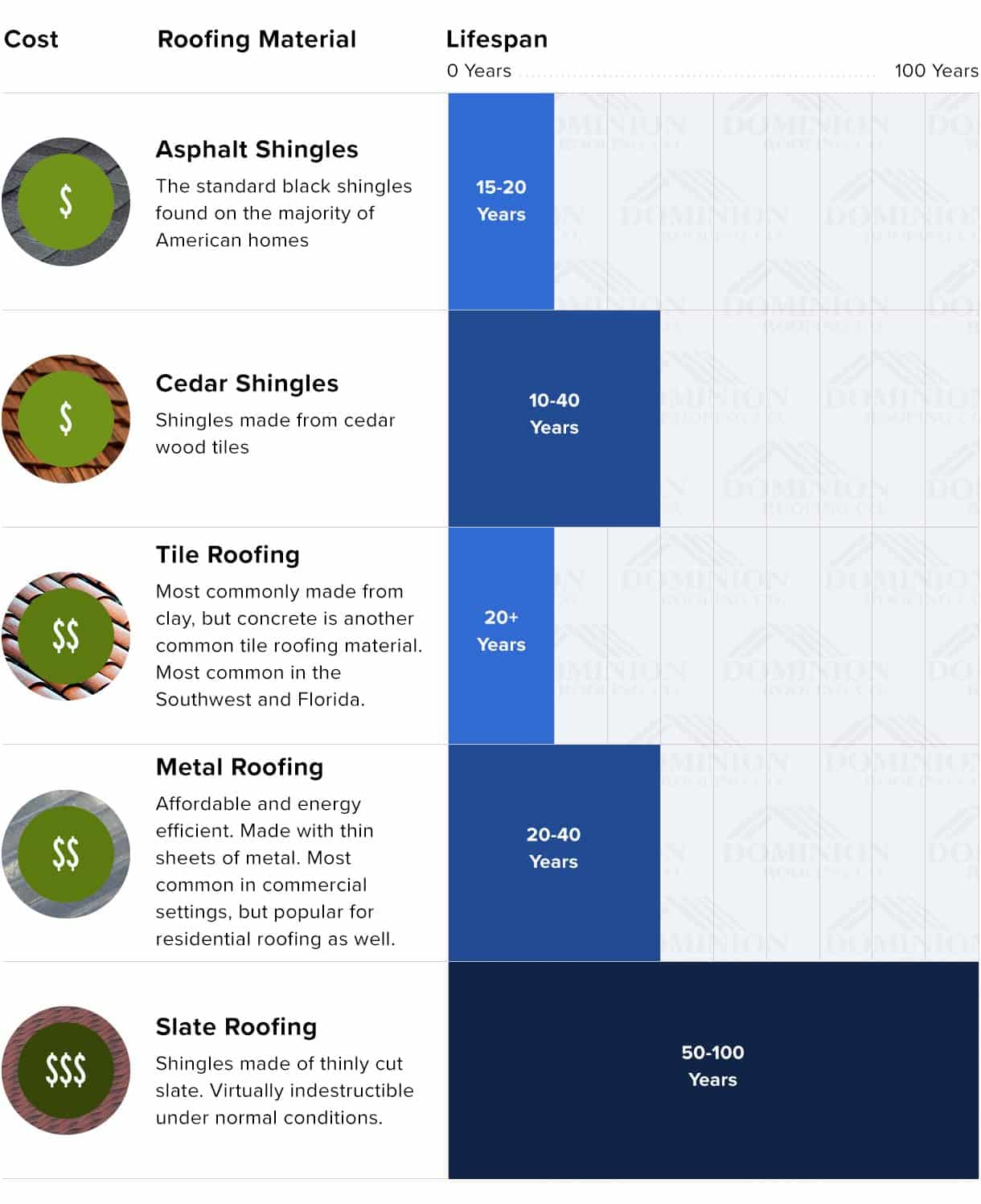Overlooking Roofing Air Flow Can Bring About Costly Damages; Find Crucial Elements That Ensure A Successful Setup And Secure Your Financial Investment
Overlooking Roofing Air Flow Can Bring About Costly Damages; Find Crucial Elements That Ensure A Successful Setup And Secure Your Financial Investment
Blog Article
Content Composed By-Morrow copyright
When you're taking on a roofing project, you may not believe much about roof covering air flow, but it's more crucial than you realize. Effective ventilation aids regulate temperature level and moisture in your attic room, avoiding problems like mold and mildew and architectural damages. By recognizing how to make and install a well balanced air flow system, you can enhance power effectiveness and extend the life expectancy of your roof materials. So, what are the crucial factors to think about during installation that can make all the difference?
Importance of Roof Covering Ventilation
Roof ventilation plays an essential role in preserving the total health of your home. By permitting fresh air to circulate via your attic, it aids regulate temperature level and dampness levels. This balance is necessary to protect against warm accumulation during warm months, which can bring about enhanced energy costs as your a/c works overtime.
Furthermore, proper air flow significantly reduces the threat of moisture-related concerns like mold and mildew and mold. If humidity degrees rise, your home's architectural integrity can be jeopardized, resulting in costly repair work. You wouldn't want to deal with decomposing wood or deformed roofing products, right?
In addition, sufficient ventilation expands the lifespan of your roof. When warmth and dampness are kept in check, your roofing system can execute ideally, avoiding premature wear and tear. This suggests fewer migraines and expenses down the line.
How Roofing Air Flow Functions
Efficient roofing system air flow depends on the all-natural activity of air to produce a balance between consumption and exhaust. When you install vents, you're essentially permitting fresh air to enter your attic room while making it possible for warm, stagnant air to escape. This procedure helps control temperature level and moisture degrees, protecting against concerns like mold and mildew growth and roof covering damage.
Intake vents, normally found at the eaves, pull in cool air from outside. On the other hand, exhaust vents, situated near the ridge of the roof, allow hot air surge and exit. The distinction in temperature level produces a natural airflow, known as the pile effect. As cozy air increases, it develops a vacuum cleaner that draws in cooler air from the reduced vents.
To maximize this system, you need to make certain that the intake and exhaust vents are correctly sized and positioned. If the consumption is limited, you won't accomplish the preferred air flow.
Similarly, insufficient exhaust can trap warmth and moisture, resulting in prospective damage.
Key Installation Considerations
When setting up roofing system air flow, a number of essential factors to consider can make or damage your system's effectiveness. Initially, you require to evaluate your roof's style. The pitch, shape, and materials all influence airflow and air flow selection. See to it to select vents that match your roof kind and neighborhood environment conditions.
Next off, consider https://www.reviewjournal.com/business/stadium/allegiant-stadiums-intricate-roof-system-a-pain-in-the-neck-2106688/ of your vents. Preferably, construction & remodeling" 'll want a balanced system with consumption and exhaust vents positioned for ideal airflow. Place consumption vents low on the roof and exhaust vents near the top to motivate a natural circulation of air. This setup assists avoid moisture buildup and advertises power effectiveness.
Do not forget about insulation. Proper insulation in your attic room protects against heat from escaping and keeps your home comfy. Make sure that insulation does not obstruct your vents, as this can prevent airflow.
Lastly, consider upkeep. Select air flow systems that are simple to gain access to for cleaning and inspection. Routine upkeep guarantees your system continues to work properly over time.
Final thought
In conclusion, roof air flow is important for a successful installment. By ensuring correct air flow, you can prevent heat build-up and wetness concerns that cause costly damage. When you strategically position intake and exhaust vents, you improve power effectiveness and lengthen the lifespan of your roof covering. Bear in mind, a well-ventilated roof covering not only secures your financial investment yet also enhances your indoor air high quality. So, prioritize ventilation to make certain a resistant and cost-efficient roof for your home.
